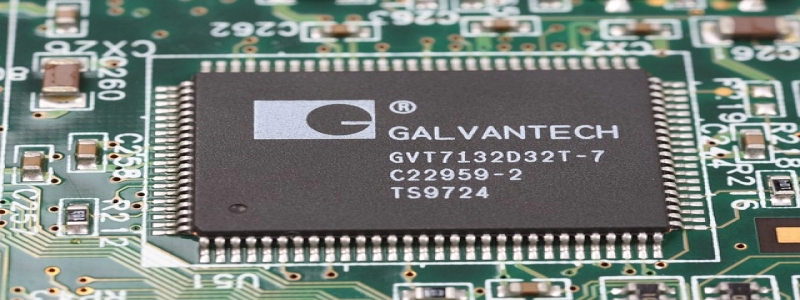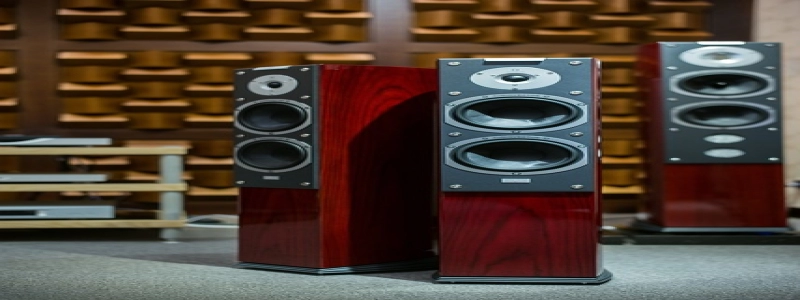Ethernet Frame Format
1. Introduction
In computer networking, Ethernet is a widely used technology for local area networks (LANs). It is an essential part of the TCP/IP protocol suite and serves as the foundation for transmitting data packets over Ethernet networks. One important aspect of Ethernet is the frame format, which defines the structure of the data packets.
2. Ethernet Frame Structure
The Ethernet frame format consists of several fields that provide necessary information for the transmission and reception of data packets. These fields include:
– Preamble: A 7-byte field that allows the receiver to synchronize with the sender and identify the start of a frame.
– Start of Frame Delimiter (SFD): A 1-byte field that indicates the end of the preamble and the start of the Ethernet frame.
– Destination MAC Address: A 6-byte field that identifies the intended recipient of the frame.
– Source MAC Address: A 6-byte field that identifies the sender of the frame.
– EtherType: A 2-byte field that indicates the type of protocol encapsulated in the data field of the frame.
– Data: Variable-length field that contains the payload or actual data of the frame.
– Frame Check Sequence (FCS): A 4-byte field that provides error detection by calculating a CRC-32 checksum of the frame data.
3. Preamble and SFD
The preamble and SFD fields are used to synchronize the clocks of the sender and receiver and establish a reliable communication channel. The preamble consists of alternating 0s and 1s, while the SFD is a unique bit pattern (10101011) that indicates the start of the frame.
4. MAC Addresses
Each device on an Ethernet network is assigned a unique 48-bit MAC (Media Access Control) address. The destination MAC address field indicates the intended recipient of the frame, while the source MAC address field identifies the sender. MAC addresses are essential for delivering the frame to the correct device.
5. EtherType
The EtherType field specifies the type of protocol being encapsulated in the Ethernet frame. It enables the receiver to determine how to process the data in the frame. Common EtherType values include 0x0800 for Internet Protocol (IPv4) and 0x86DD for Internet Protocol version 6 (IPv6).
6. Data and FCS
The data field carries the actual payload of the frame, which can range from a few bytes to a maximum of 1500 bytes. The FCS field is used for error detection and ensures the integrity of the frame during transmission. The receiver recalculates the CRC-32 checksum of the frame data and compares it with the FCS to detect any transmission errors.
7. Conclusion
Understanding the Ethernet frame format is crucial for effectively transmitting and receiving data packets over Ethernet networks. The frame structure, including the preamble, MAC addresses, EtherType, data, and FCS, ensures reliable and error-free communication. Ethernet continues to evolve, with newer versions like Ethernet II and IEEE 802.3 adapting the frame format to meet the changing needs of modern networking technologies.








